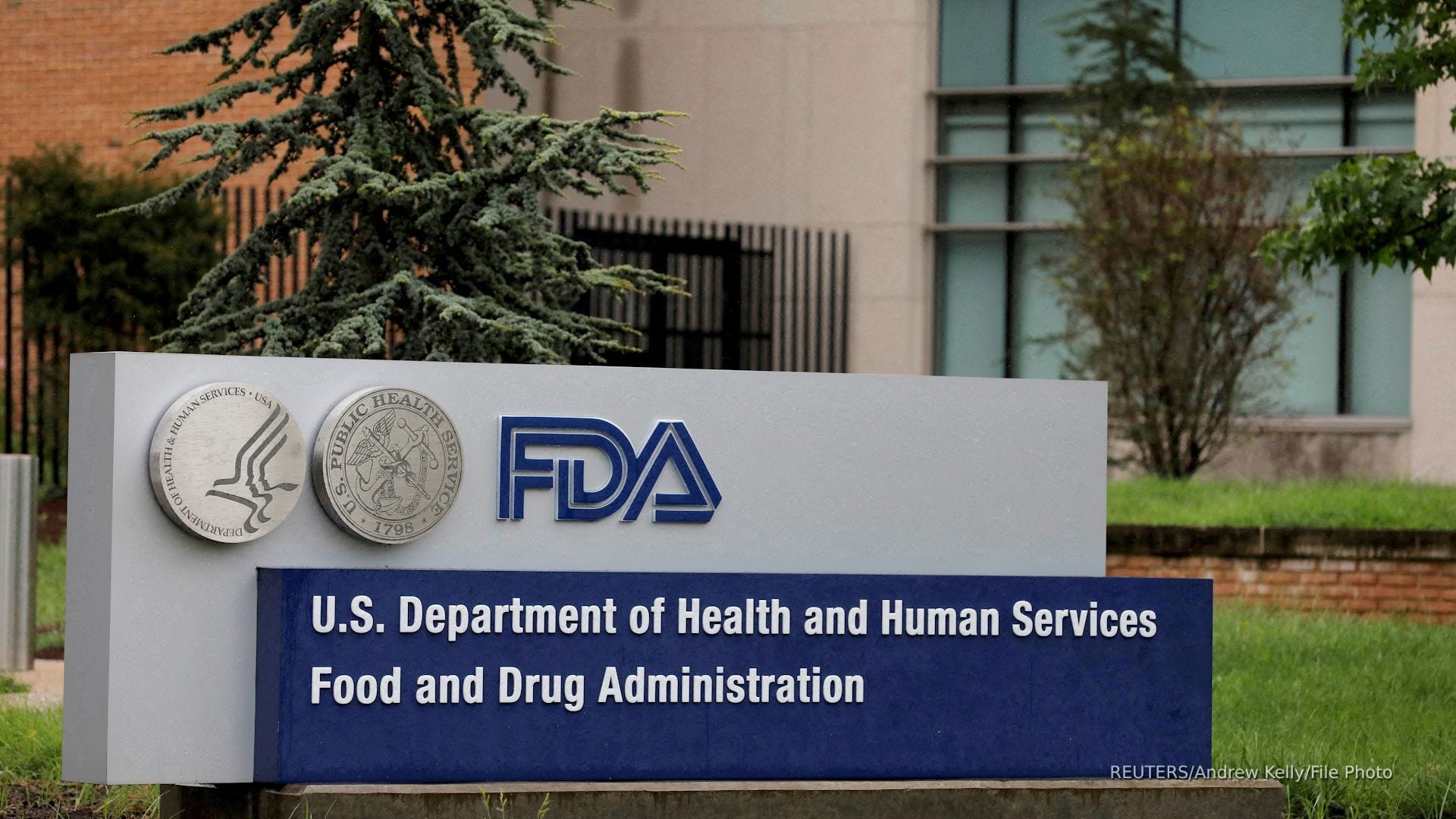
FDA will reduce food and drug inspections due to federal layoffs
FDA scales back routine inspections due to support staff layoffs, prioritizing high-risk cases amid government restructuring and budget cuts.
Straight Arrow News
U.S. payroll growth slowed modestly in May as employers added 139,000 jobs amid uncertainty about President Trump’s sweeping import tariffs, federal government layoffs and immigration crackdown.
The unemployment rate held steady at 4.2%, the Labor Department said Friday.
Before the report’s release, economists surveyed by Bloomberg estimated 125,000 jobs were added last month.
Job gains for March and April were revised down by a combined 95,000, portraying a weaker labor market than believed in late winter and early spring. March’s total was downgraded from 185,000 to 120,000 and April’s from 177,000 to 147,000.
“Employment gains are moderating…as many companies remain in a holding pattern and are hesitant to hire new workers amid heightened uncertainty about the impact of tariff policies on economic growth,” Nationwide Chief Economist Kathy Bostjancic wrote in a note to clients. “At the same time, they are not laying off workers in a large way.”
What industry is hiring the most right now?
Health care, a reliable job generator the past couple of years, again led the employment gains with 62,000. Leisure and hospitality added 48,000.
But the scope of job creation is narrowing, possibly signaling a broader slowdown ahead. Professional and business services shed 18,000 jobs, retail lost 6,500 and manufacturing, which has been struggling because of the tariffs, lost 8,000.
The federal government cut 22,000 positions amid the Trump administration’s widespread layoffs and has slashed 59,000 since January.
Are wages in the US increasing?
Average hourly earnings rose 15 cents to $36.24, nudging the yearly from 3.8% to 3.9%.
Wage growth has slowed in recent months and, after peaking at 5.9% in March 2022 due to pandemic-related worker shortages, is now roughly in line with the Federal Reserve’s 2% inflation goal, Oxford Economics has said.
Will interest rates go down in 2025?
May’s solid job gains likely won’t do anything to coax the Fed to reduce its key rate at a mid-June meeting.
Since cutting interest rates by a percentage point late last year, Fed officials have said they’ll probably remain on hold until they determine if Trump’s tariffs will do more harm by driving up inflation or hobbling the economy.
A weak May jobs total at least could have prompted officials to start thinking about lowering rates soon, especially if it were followed by another soft reading for June.
The Fed raises rates or keeps them higher for longer to battle inflation. It lowers rates to head off – or dig the economy out of – recession.
Trump’s immigration crackdown, though, could complicate the Fed’s mission.
Last month, a sharp drop in employment in Labor’s household survey was offset by a big decline in the labor force – the pool of Americans working or looking for jobs – that can be partly traced to immigration curbs. That kept the unemployment rate from rising and a similar a dynamic in coming months could make it tougher for the Fed to lower rates despite weakening job growth, economists have said.
Is the job market good or bad right now?
The labor market has slowed but held up well despite the hurdles posed by Trump’s economic policies, with employment gains averaging 124,000 a month so far this year, down from 168,000 in 2024. But many forecasters reckon the pullback will intensify in the months ahead.
Trump’s trade strategy lies at the center of the projected downshift. He paused the high double-digit tariffs he slapped on dozens of countries in April and in May agreed to slash levies on Chinese imports from 145% to a still-elevated 30%. China agreed to broadly similar concessions.
But the moves hinge on further U.S. deals with China and other countries. And 25% tariffs remain in effect on all imported cars and many goods from Canada and Mexico. This week, Trump hiked fees on steel and aluminum imports to 50% from 25%.
And while a trade court last month struck down many of Trump’s tariffs, they remain in effect during an appeal, prolonging the uncertainty for businesses.
Economists expect the duties to reignite inflation within a month or two and dampen consumer spending. The costs also have heightened business uncertainty, curtailing hiring and investment.
How many federal employees are laid off?
The Trump administration’s Department of Government Efficiency has cut as many as 120,000 federal jobs but many workers have been placed on administrative leave, leaving them on U.S. payrolls pending court cases, Morgan Stanley said in a report. Others who are on paid leave or receiving severance ar also counted as employed.
Still, the reductions have started to filter into the jobs numbers, underscored by the 22,000 federal job losses in May and 59,000 since January.
Are there still immigrants coming to America?
Besides toughening enforcement at the southern border, the administration has canceled or declined to renew work permits and other protections for hundreds of thousands of migrants, economist Lydia Boussour of EY-Parthenon wrote in a note to clients. That will likely mean a smaller labor supply that further constrains hiring, especially in industries such as construction and hospitality, she said.
Yet while hiring generally has slowed, other economists figured job growth remained sturdy last month as companies frustrated by labor shortages during the pandemic continued to curtail layoffs. Initial jobless claims, a reliable gauge of layoffs, have risen recently but remained historically low. Capital Economics and Barclays both predicted 150,000 jobs gains for May.
By the end of the year, however, Barclays believes tariffs, federal layoffs and immigration curbs will slow average monthly job gains to about 75,000.
(This story was updated to add new information.)








